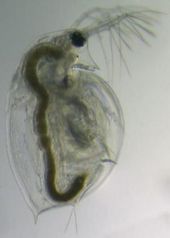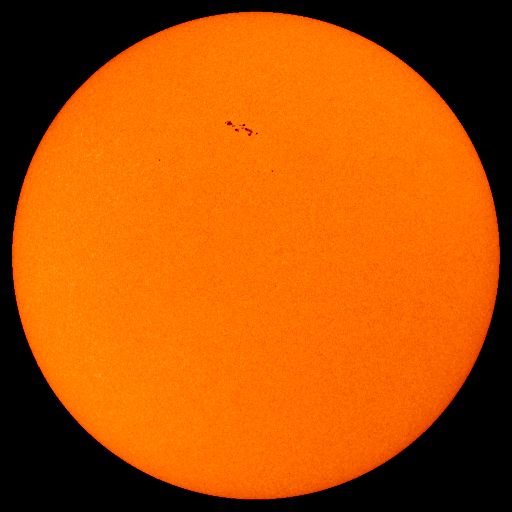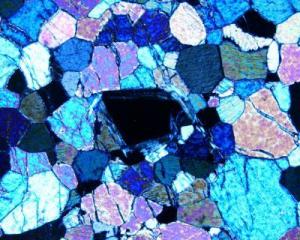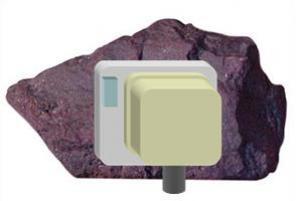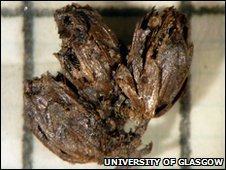
© UnknownChi Cygni changes brightness dramatically and regularly every 408 days due to in-and-out pulsations. Using interferometry to image the star's surface at four separate times, astronomers found that the star grows to a diameter of 480 million miles -- large enough to engulf the asteroid belt -- before shrinking to a minimum diameter of 300 million miles. Chi Cygni also shows significant hotspots near minimum radius.
About 550 light-years from Earth, a star like our Sun is writhing in its death throes. Chi Cygni has swollen in size to become a red giant star so large that it would swallow every planet out to Mars in our solar system. Moreover, it has begun to pulse dramatically in and out, beating like a giant heart. New close-up photos of the surface of this distant star show its throbbing motions in unprecedented detail.
"This work opens a window onto the fate of our Sun five billion years from now, when it will near the end of its life," said lead author Sylvestre Lacour of the Observatoire de Paris.
As a sunlike star ages, it begins to run out of hydrogen fuel at its core. Like a car running out of gas, its "engine" begins to splutter. On Chi Cygni, we see those splutterings as a brightening and dimming, caused by the star's contraction and expansion.
Stars at this life stage are known as Mira variables after the first such example, Mira "the Wonderful," discovered by David Fabricius in 1596. As it pulses, the star is puffing off its outer layers, which in a few hundred thousand years will create a beautifully gleaming planetary nebula.


